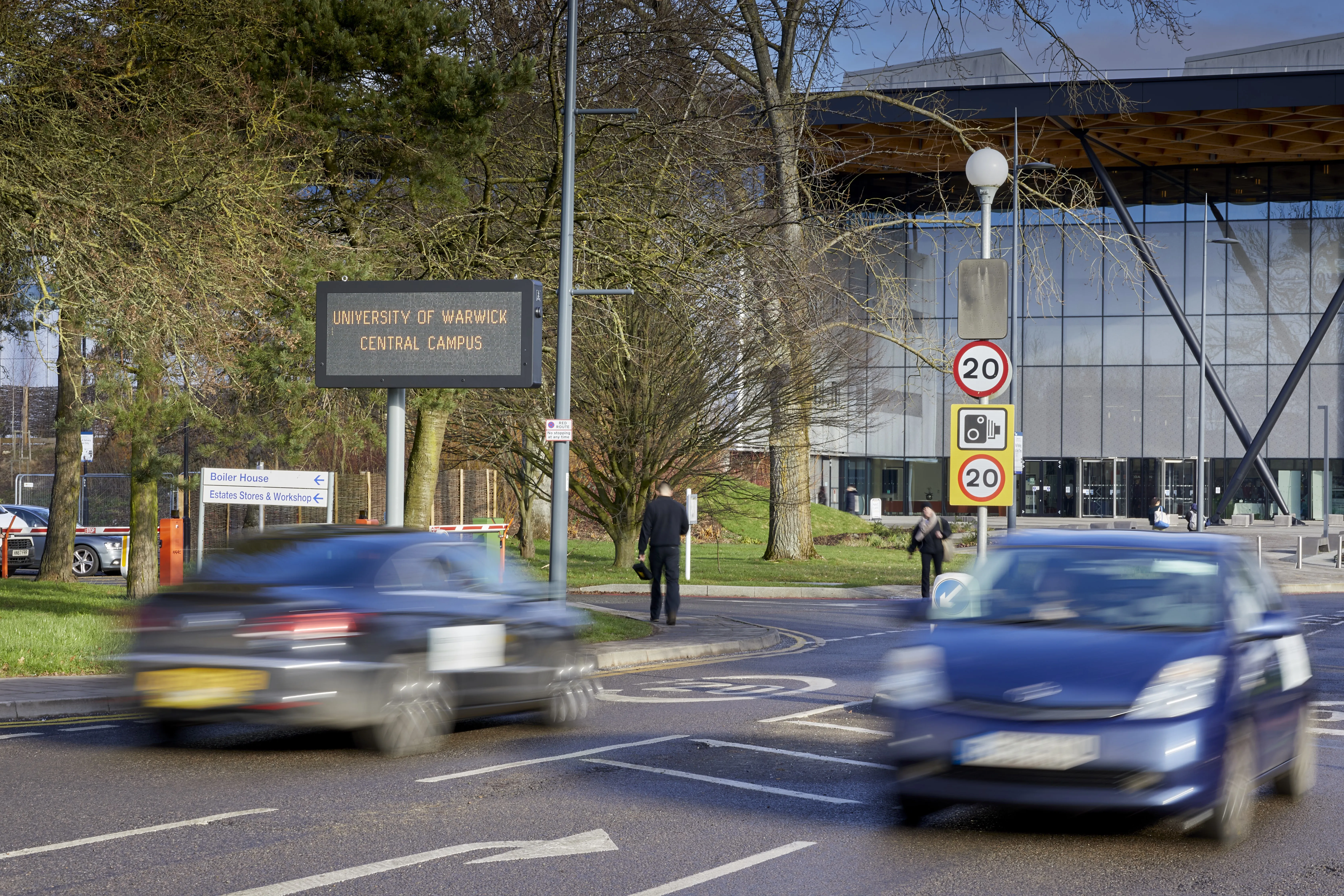
Swarco Traffic has installed a complete parking solution and management system for the UK’s Warwick University to help reduce congestion across the entire campus.
Warwick is working on its five-year plan to develop its campus and facilities and is targeting student population growth as much as 40% by 2030.
As part of the plan, the university needed to upgrade its transport systems and in particular, improve parking facilities and parking management across the campus.
One of the main issues it faced was coordinating its traffic flow management.
Drivers were struggling to find available parking spaces, causing congestion and at times a chaotic parking experience. Ultimately the university needed to find a solution that maximised the available parking spaces across 27 on-campus car parks.
Swarco's solution encompasses both hardware and management software.
The company says it quickly identified that a lack of parking spaces was not the problem; the challenge was in identifying where parking was available - and specifically signposting spaces that were vacant.
Swarco recommended a combination of different types of sign types across the campus and which clearly displayed space-availability arrows, featuring the number of free spaces in green or displaying ‘full’ in red.
This enables drivers to clearly see whether or not spaces are available from a distance and take a different route before entering a line of vehicles and adding to congestion.
These signs are complemented with full-colour variable messaging signs for providing parking and traffic flow information, site-wide safety announcements and to tell drivers and visitors of any events, maintenance works or road closures.
Intelligent data is sent to the signs by a series of car park counters and inductive loops that record all vehicles entering and exiting a car park. Data and status of the car parks are always up to date, enabling the university to better manage parking availability.
The entire site is managed by Swarco’s Zephyr, a web-based user interface solution.
Project manager Tony Gillings says this enables users to quickly and easily edit message and pictogram displays at the touch of a button, as well upload new text and graphics.
The platform can access data on traffic, speeds and volumes as well as set timetables, on/off times and provide key information such as power monitoring, LED monitoring and radar monitoring.









